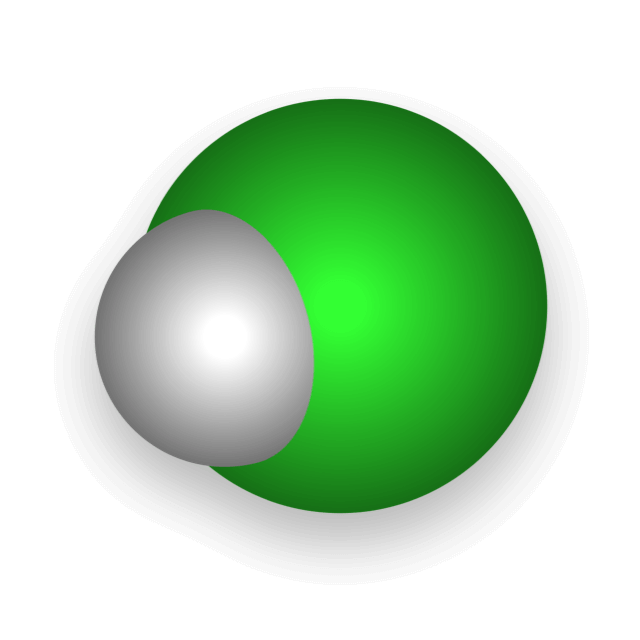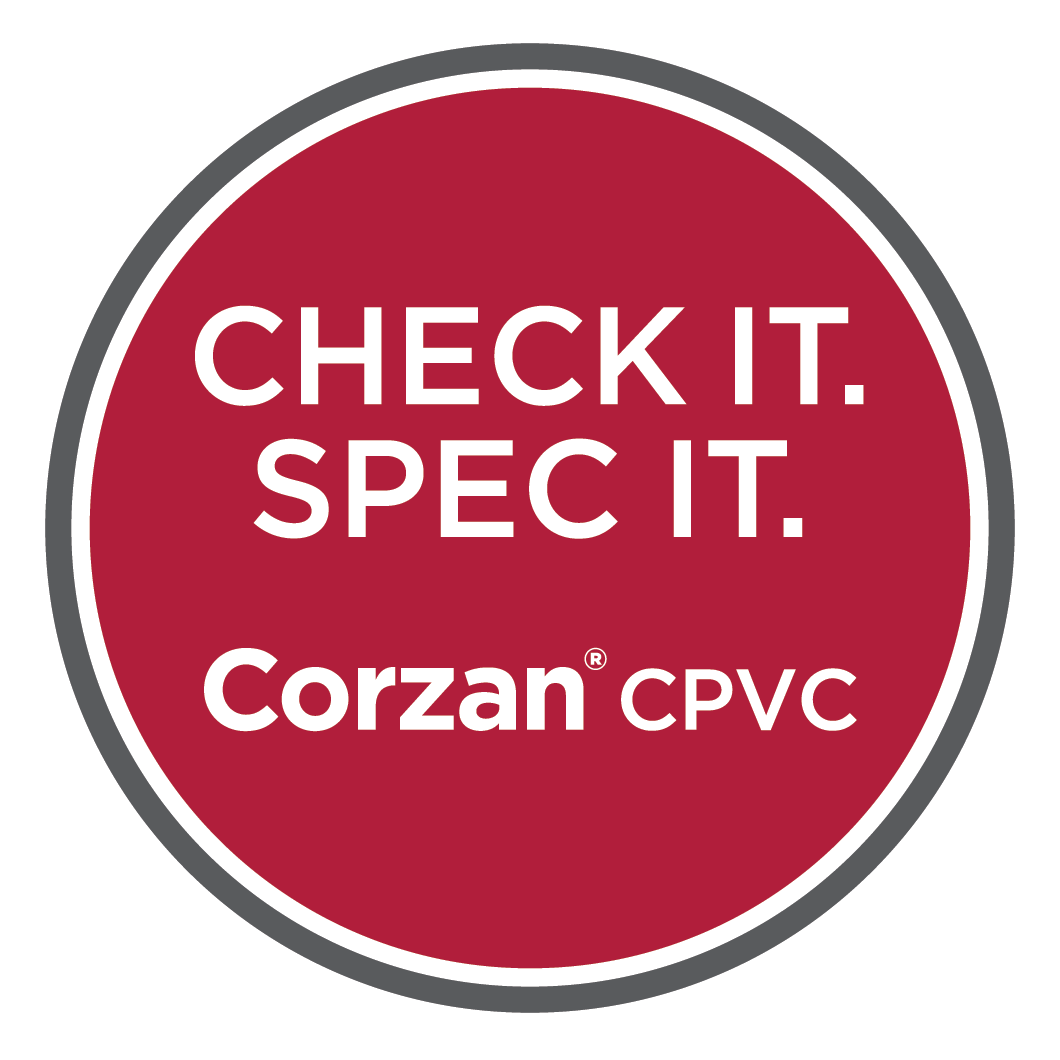Why CPVC Works Well With Hydrochloric Acid
High-quality CPVC like Corzan® CPVC has a high level of chlorine in the polymer chain. This protects the CPVC from the degrading effects of highly corrosive acids, like hydrochloric acid, commonly used by industrial plants for everything from pH adjustment to the manufacture of other important industrial chemicals. Within safe operating temperatures, Corzan CPVC has excellent resistance to hydrochloric acid due to its superior engineering and formulation.
CPVC resists material degradation and corrosion when handling hydrochloric acid far better than metals, but these still can occur over time. The severity general degradation will be contingent on things like: temperature, pressure, and acid concentration.



